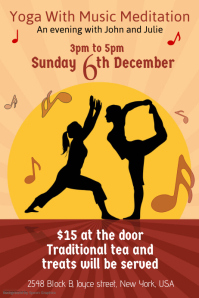Basically there are 5 different types of multimedia elements, which is :
Text
The element of text is basically consist of words, sentences, or paragraphs that is included in a multimedia; can differ in font type, size, and color
Image/Photos
Still pictures generated by a camera (photo) or made in a computer. There are several common file formats for images such as JPG, TIF, and PNG.
Video
Moving picture recorded by cameras/camcoders. The quality of the vdeo is determined by one's video capturing device capability.
Animation
Also consist of moving/animated pictures, but can be generated without video recording (compilation of multiple images)
Sound
Any sound/audio element included in a multimedia. A video recorded via camera should contain background sounds. Other than that, there are other sounds that can be added such as music, narration, and sound effects.
After that, we were taught on how to use a sound editing software called Audacity.
Audacity provides a lot of options that you can use to modify your sound files. One of the options is the Noise Removal effect, where you can remove unnecessary background sounds. Basic effects such as cutting the sound tracks, copy, and merging is also available.
Learning this will be useful in producing our video for the Edutechnovation Day, and of course, for other personal use.
Audacity provides a lot of options that you can use to modify your sound files. One of the options is the Noise Removal effect, where you can remove unnecessary background sounds. Basic effects such as cutting the sound tracks, copy, and merging is also available.
Learning this will be useful in producing our video for the Edutechnovation Day, and of course, for other personal use.



